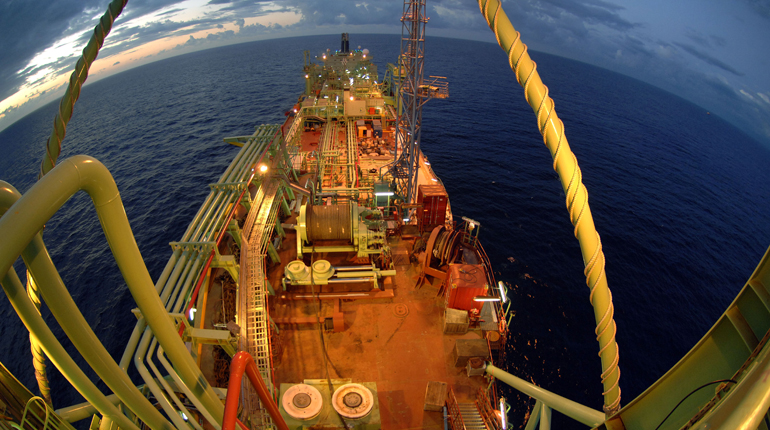Highlights
- Low gas demand and healthy US production will cap gains in Henry Hub prices in the next few months
- Latin America's LNG demand may not be enough to boost global prices of the fuel
- The prospect of Colombian gas exports in 2015 remains weak because of growing domestic demand
- Weak oil prices are hurting the economies of several countries in North and Latin America
Economic overview
Quarterly year-on-year GDP growth rates
| Q2 2014 | Q3 2014 | Q4 2014 | 2014 | 2015 | 2016 | |
| US | 2.6% | 2.7% | 2.5% | *2.2% | *3.1% | *3.0% |
| Canada | 2.5% | 2.6% | *2.3% | *2.3% | *2.4% | *2.4% |
| Mexico | 1.6% | 2.2.% | *2.4% | *2.4% | *3.5% | *3.8% |
| Brazil | -0.9% | -0.2% | *0.3% | *0.3% | *1.4% | *2.2% |
| Argentina | 0.0% | -0.8% | *-1.7% | *-1.7% | *-1.5% | *-1.5% |
While the United States Federal Reserve is expected to start increasing the benchmark interest rate from mid-2015, other countries in the Americas are under pressure to maintain a loose monetary policy, partly as a result of low oil prices.
Canada’s economy is feeling the pinch as a result of the oil price slump. The country’s economic growth rate declined by 0.2% year on year in November because of a drop in mining and hydrocarbon extraction. The Canadian dollar has declined by more than 13% since June last year, when oil prices began to fall. The weakening economy and continuing low oil prices could be serious obstacles for the country’s ambitions to export LNG (see Canada’s LNG export appeal is fading, 18 February 2015).
Consequently, the Bank of Canada slashed the benchmark interest rate by 25 basis points, to 0.75%, in January – its lowest level since July 2010, and the first time its interest rate has been changed since that date. As Canada’s central bank is considered to have one of the world’s most stable monetary policies, this reflects the policymakers’ concern about the effect the low oil price environment could have.
In Brazil, a weakening economy – together with the resignation of the chief executive of state-owned Petrobras amid allegations of widespread corruption within the company – has posed additional challenges for the Central Bank of Brazil. Brazil posted negative year-on-year GDP growth rates in Q2 and Q3 2014, and the US dollar has strengthened against the Brazilian real by 12% on an annual basis so far in February. With low oil prices having raised questions about the profitability of gas production from the country’s pre-salt basin, Brazil’s faltering economy may further discourage upstream investment in the country.
Log in to continue reading...
To continue reading this article, you must have an active subscription. By logging in or signing up for a free trial, you are agreeing to our terms and conditions, privacy policy and cookie policy.



